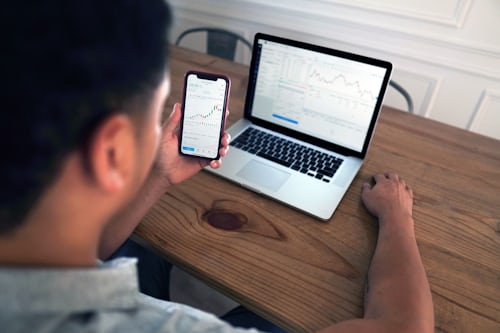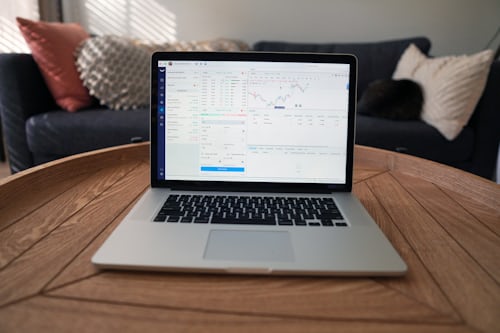Short-term liabilities
Like cash assets, current liabilities are also used to assess a company's liquidity, as these short-term expenses have a measurable impact on the company's room for manoeuvre.
As a rule, most of these short-term liabilities arise from goods and services being used and not paid for directly. These traders and suppliers, called creditors in private law, are called creditors in commercial law.
Other short-term liabilities of a company can be outstanding payments resulting from loans taken out or from a tax debt. Loans count as short-term liabilities if the due date is accordingly imminent. One can only speak of short-term liabilities due to a tax debt if a tax assessment notice has been issued. Advance payments of turnover tax, for example, do not fall under liabilities.
Long-term liabilities
Analogous to the rule for short-term liabilities, which must be paid within one year, liabilities are considered long-term if they are due in more than one year. One can make an additional distinction by talking about medium-term liabilities when the maturity is up to five years, while truly long-term liabilities have a maturity of five years upwards.
Long-term liabilities that meet this criterion are rarer than short-term liabilities. But it can happen that credit institutions grant loans with a term of five or more years to enable a company to finance or lease expensive machinery, for example.
Subordinated liabilities
Liabilities are called subordinated if they are subordinated in the event of the company's insolvency. In concrete terms, this means that all the claims of all other creditors and lenders are met before these liabilities are settled. They also do not find their way onto the balance sheet when an indebted company files for insolvency. For those who provide these funds, the risk of losing those funds is naturally high. Nevertheless, it happens that risk investors at mt4 Exness choose this route or banks that want to stabilise the company in this way.
Consumer Price Index
Month by month, the consumer price index reflects the average price development of all products and services on which German private households spend their money. This includes expenses such as housing, health care, transport, leisure, communications, food and clothing.
The consumer price index takes into account all expenditures made in Germany, including, for example, those of tourists who actually have another place of residence. With its help, the stability of the value of money can be determined.
- How to play Parimatch
- Betwinner betting company
- Rest in Odessa
- Free slot machine with bonus offers incomparable benefits
- 1XBET Promo Code For Registration India

